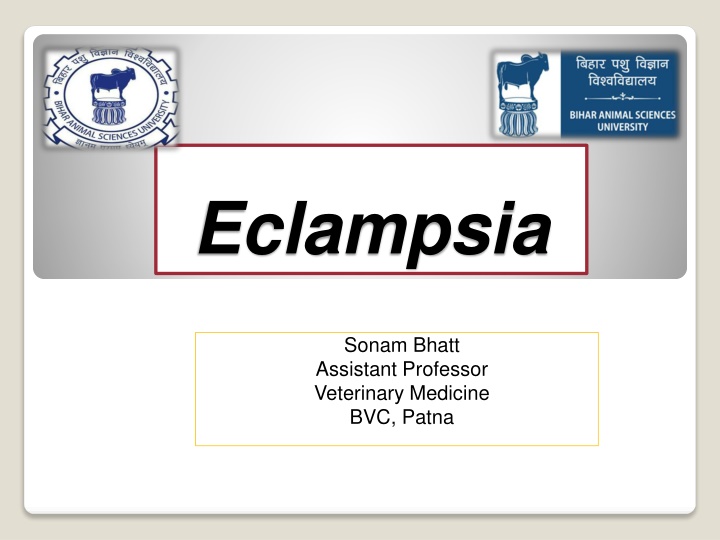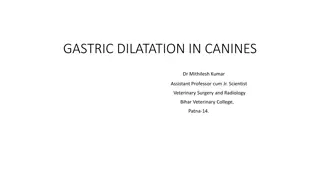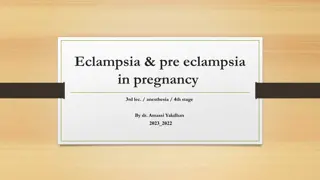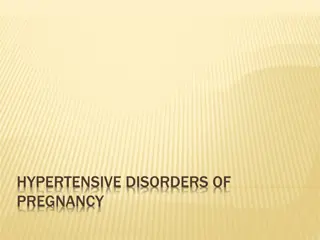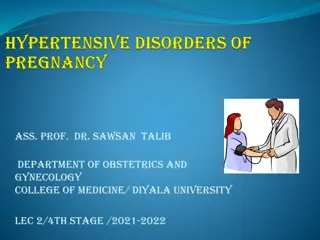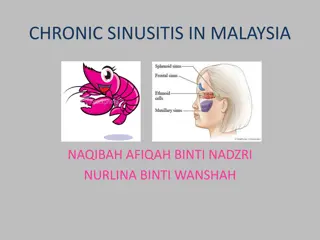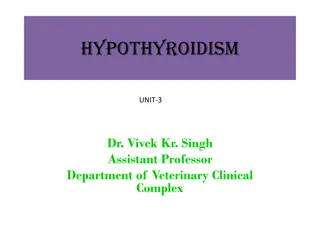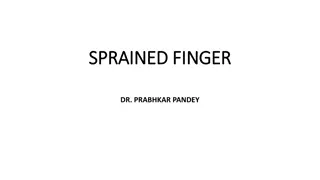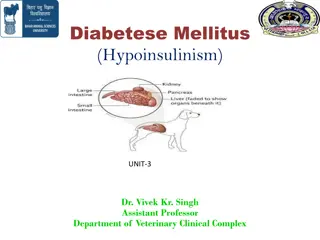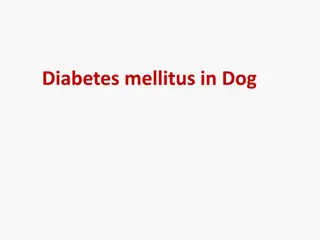Eclampsia in Dogs: Causes, Symptoms, Diagnosis, and Treatment
Eclampsia is an acute, life-threatening condition that affects small bitches with large litters post-whelping. It is characterized by panting, tremors, muscle spasms, and tetany due to hypocalcemia. Diagnosis involves history, clinical signs, and serum calcium levels. Treatment includes slow IV administration of calcium gluconate, resulting in rapid improvement. This condition is critical and needs timely intervention to prevent serious complications.
Download Presentation

Please find below an Image/Link to download the presentation.
The content on the website is provided AS IS for your information and personal use only. It may not be sold, licensed, or shared on other websites without obtaining consent from the author.If you encounter any issues during the download, it is possible that the publisher has removed the file from their server.
You are allowed to download the files provided on this website for personal or commercial use, subject to the condition that they are used lawfully. All files are the property of their respective owners.
The content on the website is provided AS IS for your information and personal use only. It may not be sold, licensed, or shared on other websites without obtaining consent from the author.
E N D
Presentation Transcript
Eclampsia Sonam Bhatt Assistant Professor Veterinary Medicine BVC, Patna
Puerperal hypocalcemia Periparturient hypocalcemia Puerperal tetany
Acute, life-threatening condition that usually occurs 2-4 weeks after whelping Small bitches with large litters are most often affected
PATHOPHYSIOLOGY Involved in release of acetylcholine during neuromuscular transmission muscle contraction & stabilizes nerve cell membrane by decreasing permeability to Na During hypocalcaemia nervous system becomes more excitable due increases neuronal permeability Then nerve fibres discharges spontaneously initiating impulses to skeletal muscles where they elicit tetanic contractions
CLINICAL SIGNS Panting and restlessness Tremors, twitching, tetany, muscle spasms, & gait changes (stiffness and ataxia) result from increased neuromuscular excitability Hyperthermia may occur in severe cases
DIAGNOSIS History Clinical signs Estimation of serum calcium level:- Serum calcium concentration <7 mg/dL
TREATMENT Slow IV administration of 10% calcium gluconate @ 0.5-1.5 mL/kg slow IV This usually results in rapid clinical improvement within 15 min During administration of calcium, heart rate should be carefully monitored for bradycardia or arrhythmia by auscultation
